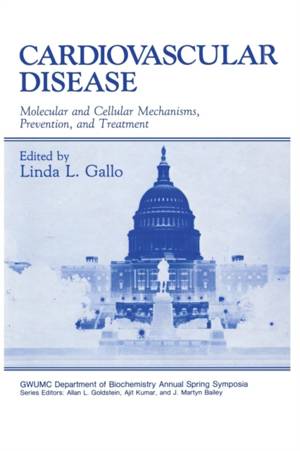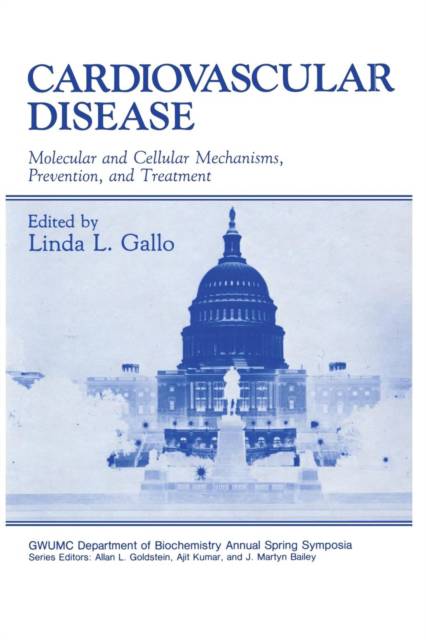
- Afhalen na 1 uur in een winkel met voorraad
- Gratis thuislevering in België vanaf € 30
- Ruim aanbod met 7 miljoen producten
- Afhalen na 1 uur in een winkel met voorraad
- Gratis thuislevering in België vanaf € 30
- Ruim aanbod met 7 miljoen producten
Zoeken
Cardiovascular Disease
Molecular and Cellular Mechanisms, Prevention, and Treatment
€ 106,95
+ 213 punten
Omschrijving
The Sixth Annual International Spring Symposium on Health Sciences, held in Washington, D. C., in May 1986, brought together over 650 scientists from 19 countries to review and update research on cardiovascular disease. In this volume, which contains 59 chapters, an internationally recognized group of authors con- tribute up-to-date accounts of molecular and cellular processes occurring in the vessel wall in atherogenesis and describe approaches to the prevention and treatment of atherosclerosis. The volume is divided into six major sections. Two sections deal with current aspects of lipoprotein metabolism. In Part I, we are alerted to the impact on li- poprotein metabolism of structural heterogeneity within the four broad lipoprotein classes. Attention then turns to the components that orchestrate lipoprotein metab- olism. Apolipoprotein identities, processing, and functions are described, as are the roles of lipid transfer proteins in plasma lipoprotein remodeling. Hepatic lipase synthesis and secretion are described. In Part II, Nobel Laureates Michael S. Brown and Joseph L. Goldstein describe mutations in the LDL receptor that reveal the functions of its various domains and point out how understanding the LDL receptor has provided a rational basis for its regulation. A discussion of the role of receptors in regulating cholesterol uptake by tissues follows, with emphasis on receptor-ligand interactions. Additional pathways for cholesterol delivery to cells are explored, as are pathways for cholesterol egress.
Specificaties
Betrokkenen
- Uitgeverij:
Inhoud
- Aantal bladzijden:
- 608
- Taal:
- Engels
- Reeks:
Eigenschappen
- Productcode (EAN):
- 9781468452983
- Verschijningsdatum:
- 18/05/2012
- Uitvoering:
- Paperback
- Formaat:
- Trade paperback (VS)
- Afmetingen:
- 152 mm x 229 mm
- Gewicht:
- 802 g

Alleen bij Standaard Boekhandel
+ 213 punten op je klantenkaart van Standaard Boekhandel
Beoordelingen
We publiceren alleen reviews die voldoen aan de voorwaarden voor reviews. Bekijk onze voorwaarden voor reviews.







